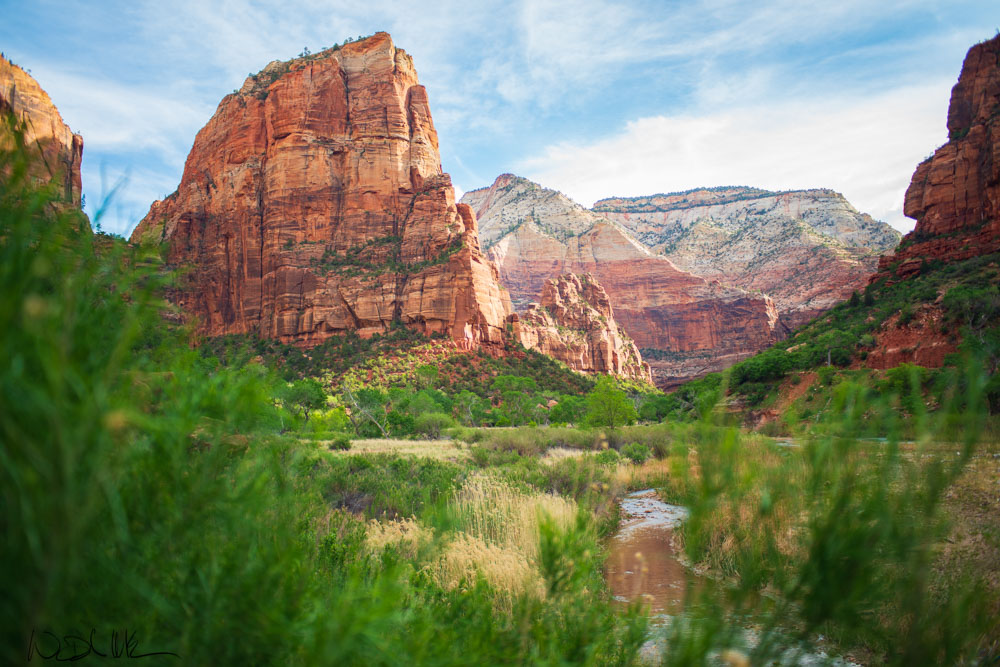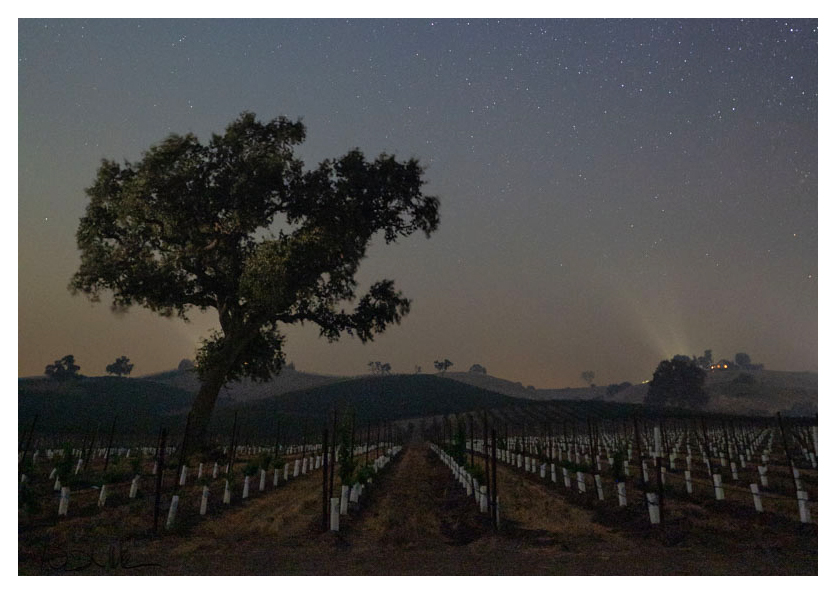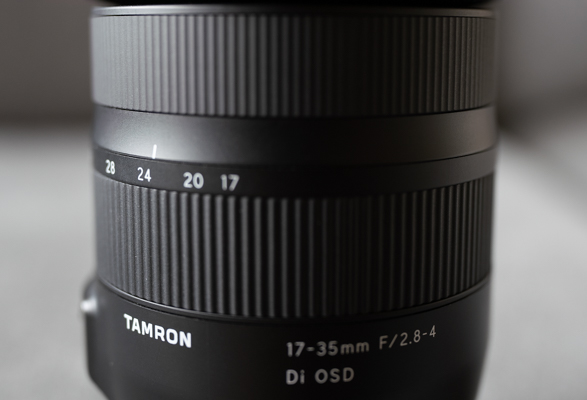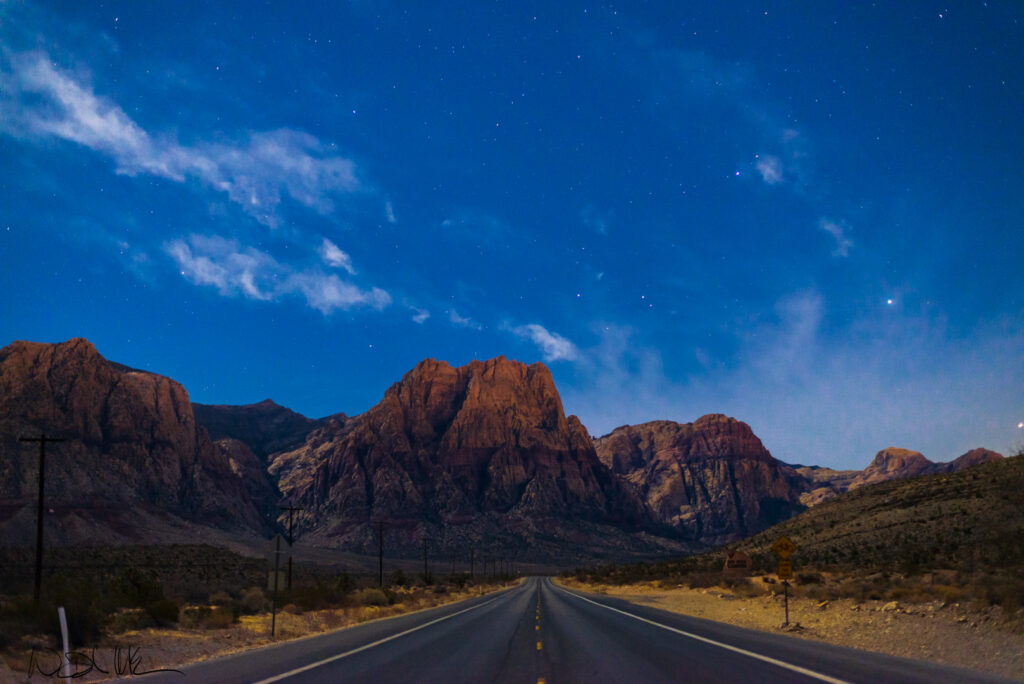The Tamron 28-200mm F2.8-5.6 Di III RXD lens for sony E Mount is rated as one of the best all around travel lenses for a few reasons. Most all-in-one travel lenses tend to have a few compromises such as a significant barrel distortion, chromatic aberrations, heavy vignette, and are usually not recommended for professionals when it comes to sharpness.
However, in recent years manufactures are making much better all-in-one lenses with overall cleaner optics. One of these types of lenses is the 24-105mm f4. I remember when I bought my first camera in 1998 I had a sigma 24-105mm lens and quite honestly it was garbage.
Lenses today have come a long way, and the general rule of thumb is that less is better. As a landscape photographer, I’ve been shooting with the Sony 24-105mm for a few years and it’s the lens almost always attached to my camera. The only time I take it off is if I need more reach.
I’ve thought about getting a wider lens but for landscape photography anything less than 15mm is unnecessary, and I find myself in few situations when I want anything wider than 24mm. That’s why I now have the sony 20mm 1.8 for those just in case moments.
Today the 24-105mm f4 has set the standard for the best all in one lens for travel and landscape photographers, but now Tamron is taking a piece of that market. The Tamron 28-200mm 2.8-5.6 is great, because it offers all the things you get from the 24-105mm f4 but you also get a faster aperture at the wide end and at 105mm the aperture is f4.5, so you really don’t lose much in terms of light. The Tamron is also sharp with minimal vignette at 28mm and low barrel distortion.
Why landscape photographers don’t need the very best image quality?
A few months ago I was reading an article from an landscape photography magazine and the photographer captured a beautiful photo of the mountains in Kauai. I was surprised to find out he used the sony 24-240mm, because it really isn’t that sharp.
Most landscape photographers are in search for the sharpest lens, but to me the most important factors to consider are sharpness, weight, and focal range. For example, I’d rather have a sharp lens that gives me a huge focal range than a extremely sharp prime that covers one focal length.
Weight is also significant for landscape photographers. When I shop for lenses I’m always looking at the weight compared to other lenses. If I’m hiking I don’t want to carry a heavy lens because one of the reason I use a mirrorless camera is to save on weight. If you have heavy lenses you negate one of the benefits of having a mirrorless camera. Tamron has done an exceptional job with producing lenses that save on weight and the 28-200 is one of them.
Focal range is equally important to sharpness and weight. I’ve noticed that most of the photos I take are between 30mm and 200mm, so if I have one lens that covers that range I’ll save time by not having to switch out lenses. By having one lens I’ll also save on weight and cost. It’s a win/win situation.
Why the Tamron 28-200mm 2.8-5.6 is for landscape photographers
The Tamron 28-200mm is the best lens for landscape photographers because it gives them sharpness with a focal length they need for both wide and telephoto, and it’s insanely lightweight.
Sharpness
While the Tamron 28-200mm 2.8-5.6 is sharp it probably loses slightly when compared to some of the sharpest sony zooms like the Sony 16-35mm GM and the Sony 70-200 2.8 GM. In general, I’d say most landscape photographers are carrying a 16-35 F4 and a 70-200 f4 To save on weight, and for Sony shooters the sharpness stopped down to f8 or f11 is going to be pretty darn close to the Tamron 28-200mm. So if sharpness is important landscape photographers won’t be disappointed with this lens.
Focal Range
28-200mm is a focal range that would please any landscape photographer. Ultra wide lenses such as 15-30mm are often difficult images to capture in landscape photography and why I only use prime lenses for this focal length. I just never feel the need to shoot wide. Most of the time I’m shooting at the longer focal lengths and then in post cropping because I should’ve zoomed in more.
The extra steps required to take the lens off and place it in safe place while at the same time trying to protect the sensor from the elements as I’m mounting a new lens is inconvenient and annoying. Not to mention the inconvenience of taking off and rummaging through a camera bag. This is also why I’ve gone through so many camera bags and why there is no perfect camera bag. As a photographer you want to access your gear quickly and having one lens is definitely a benefit here.
The Tamron 28-200mm 2.8-5.6 is also a great landscape lens, because it’s lightweight and relatively small. Weighing in at 20.2 ounces it is lighter than every lens in it’s class. It’s lighter than the sony 24-240mm (27 oz), the 24-105mm (23.3 oz) and the sony 70-200 F4 (31.2 oz). It’s even lighter than the new Tamron 70-180 2.8 (28.7 oz). It’s also shorter in length than all these lenses at 74mm and thinner. That means more room in your camera bag especially if your using a sling.
Cost
For the thrifty landscape photographer you will save a lot of money buying this lens. It’s only $720. The sony 24-105mm and 70-200mm f4 cost over $1000 each!
Why the Tamron 28-200mm is not the best travel lens
Everyone keeps calling this lens the best all-in-one travel lens, but I think it’s the best all-in-one landscape lens. It’s not the best travel lens, because it doesn’t have image stabilization, and it doesn’t have great bokeh quality for portraits. When I travel with people I often use my sony 24-105mm, because it captures pretty good bokeh, and I can use the image stabilization if I want to do video. It also does well matched with a lightweight portrait lens like the Samyang 45mm 1.8. I Do think, however, the Tamron 28-200mm would do well as a portrait lens if you don’t need the image stabilization and match it with a small portrait lens.
The cons and why I can’t bring myself to buy this lens yet
I really love the Tamron 28-200mm for landscape photography, and when it came out I was ready to buy it, but I’m not ready to pull the trigger because I still love my Sony 24-105mm f4. Maybe I get hung up on build quality and aesthetics, but I love the way the Sony 24-105mm both looks and feels. It’s not super bulky, and I love the bokeh I get at f4 when I’m shooting casual portraits. I also like that it has good image stabilization when I just want to carry my camera without a tripod. It also pairs well with the Sigma 100-400mm for Sony which also offers image stabilization. Honestly I can’t decide which setup would be better, but if I was shooting primarily landscapes I’d get the Tamron.
Conclusion
I think if you are primarily shooting landscape photography the Tamron 28-200mm wins the prize. It’s sharp, versatile, and performs well with the competition. If you don’t need the image stabilization and are ok with Sony’s in body stabilization and a tripod you will be just fine.
Pros: Wide focal range, sharp, inexpensive, light
Cons: Not stabilized, Poor bokeh, average aesthetics
What do you think? Is the Tamron 28-200 the best setup or would you pair the Sony 24-105 and Sigma 100-400? Is there another setup you like better? Let me know what you think.




